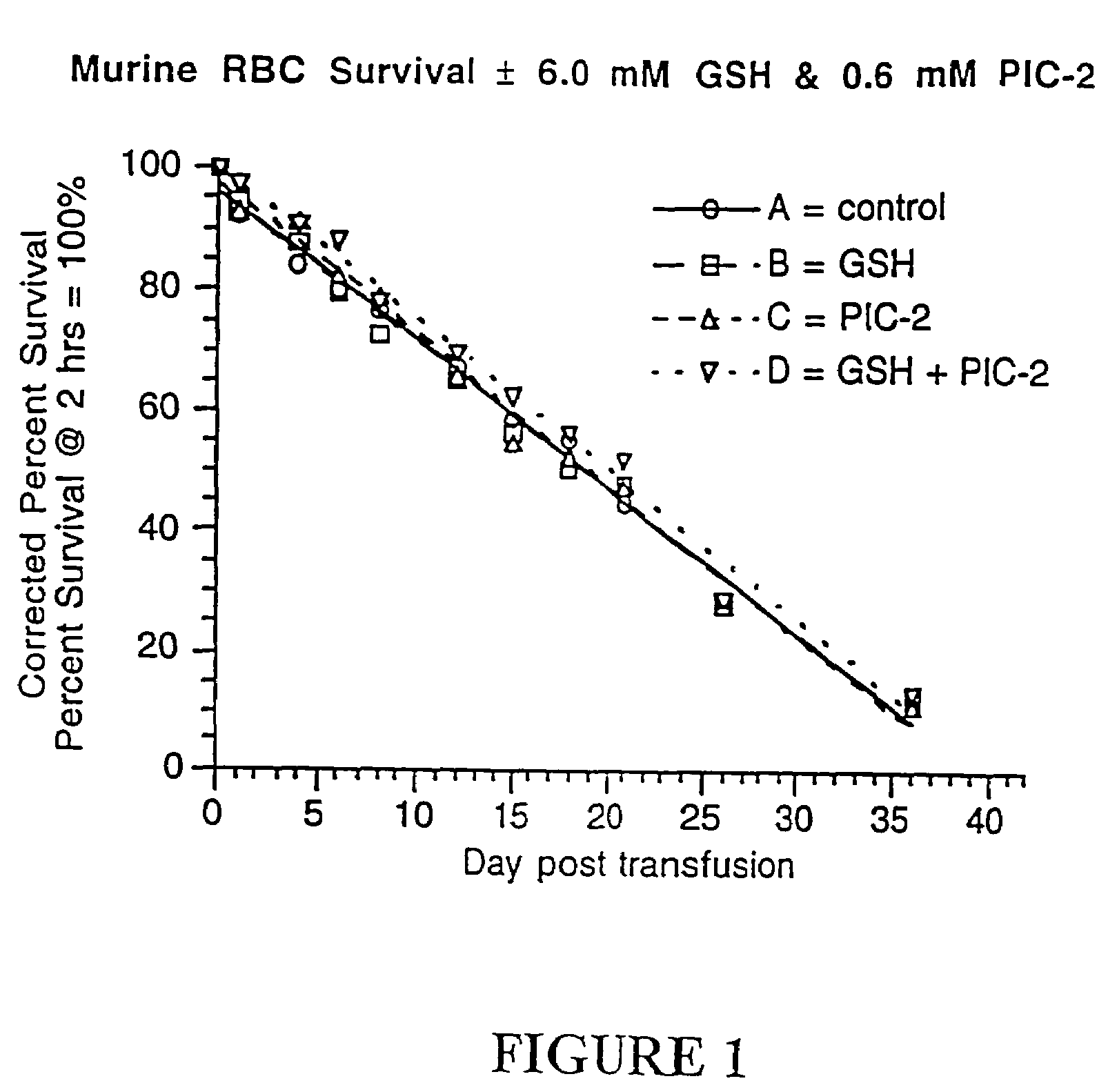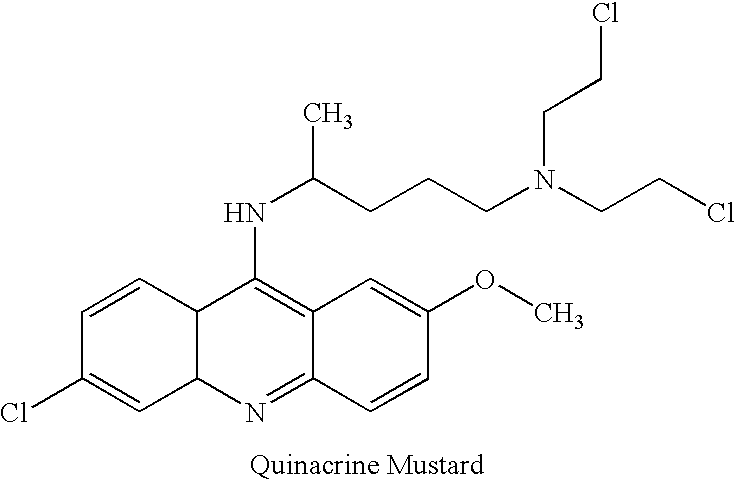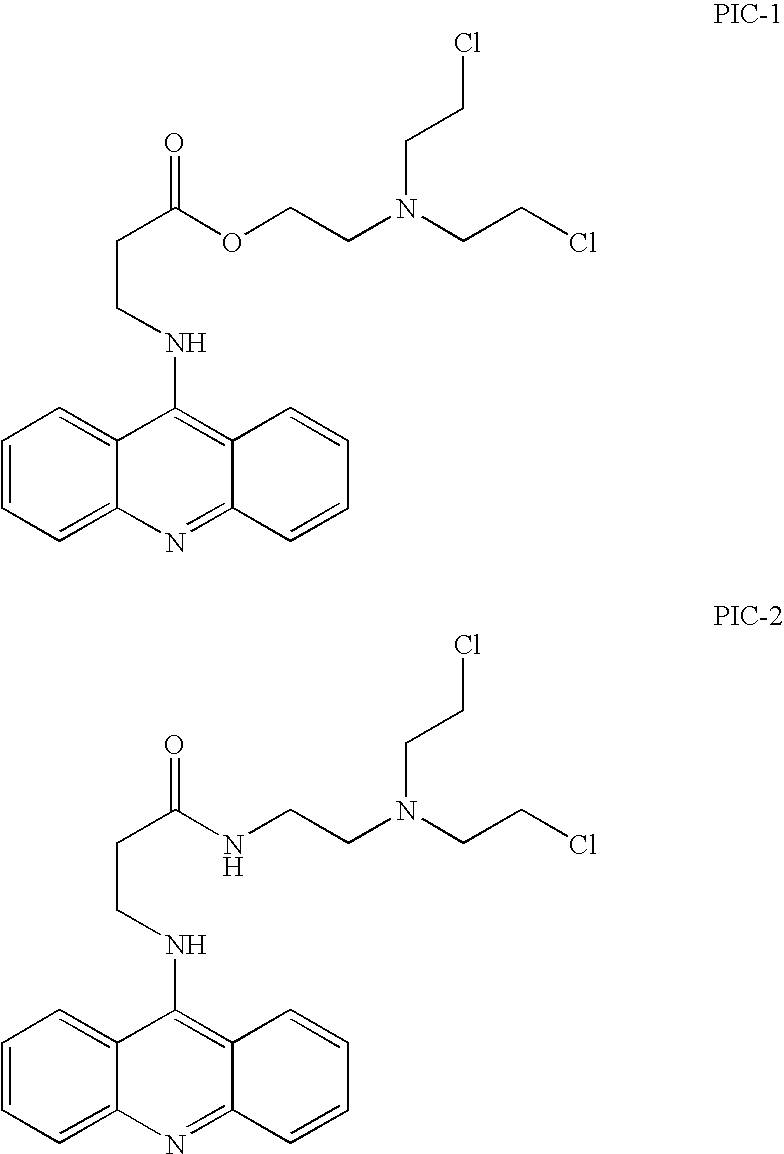Methods for quenching pathogen inactivators in biological materials
a technology of pathogens and biological materials, applied in the direction of extracellular fluid disorder, lighting and heating equipment, furnaces, etc., can solve the problems of no licensed test for the presence of bacteria or protozoans in blood, the transmission of disease by blood products and other biological materials remains a serious health problem, and the prevalence of blood supply, so as to reduce unwanted side reactions and reduce unwanted side reactions
- Summary
- Abstract
- Description
- Claims
- Application Information
AI Technical Summary
Benefits of technology
Problems solved by technology
Method used
Image
Examples
example 1
Reaction of Phosphate Ion with Pathogen Inactivating Compounds
[0112]The reactivity of phosphate ion with pathogen inactivating compounds was demonstrated. Reactivity was found to increase for higher pH values, at higher temperatures and for higher phosphate ion concentrations.
[0113]Upon incubation of 100 μM PIC-1 with 25 mM phosphate buffer of increasing pH values at room temperature (RT), a large increase of the rate of decomposition was observed. At pH 2.2 a t1 / 2 of 450 minutes was observed compared to a t1 / 2 of 25 minutes at pH≈6. Reaction of PIC-1 with phosphate ions produces at least two observable phosphate intermediates as determined by HPLC. The diphosphate ester of PIC-1 further hydrolyzes at the frangible ester. LC / MS analysis of the reaction mixture between the PIC-1 and phosphate ions was conducted. The species observed under the reaction conditions (pH=7, phosphate buffer) were the diphosphate ester, the monophosphate ester of the diol, and the phosphate ester of the ch...
example 2
Reaction of Thiol and Other Nucleophiles with Pathogen Inactivating Compounds
[0116]The reactivity of the thiol containing compound glutathione with pathogen inactivating compounds was studied. Reactivity was found to increase at higher pH values, at higher temperatures and for higher concentrations of thiol. 1 mM quinacrine mustard was incubated in 25 mM HEPES (N-[2-hydroxyethylpiperazine-N′-[2-ethanesulfonic acid], Sigma, St. Louis, Mo.), at pH 7 with 4 mM glutathione (GSH). Additionally, 100 μM PIC-1 was incubated in 25 mM HEPES at pH 7 with 4 mM GSH at room temperature. The reactions of quinacrine mustard and PIC-1 with glutathione occurred with a t1 / 2 of 50 minutes and 32 minutes, respectively. The PIC-1 / GSH bis adduct was identified by mass spectroscopy. LC / MS analysis of the reaction mixture with glutathione at early time points identified the glutathione monoadduct / aziridinium intermediate.
[0117]The reaction of the thiols with the pathogen inactivating compounds was also foll...
example 3
Study of Red Blood Cell Membrane Penetration of Glutathione
[0119]The ability of glutathione to penetrate red blood cell membranes was studied, as a model membrane system for the envelopes of viruses, since both would be devoid of any active transport systems for this peptide. The partitioning of the GSH inside and out of red cells (Sacramento Blood Center packed red blood cells, HCT 55-65%) was evaluated by determination of the amounts of thiol groups in the inside and the outside of the cells after addition of exogenous glutathione. Table 2 shows the total amount of glutathione (intracellular and supernatant) and the intracellular amount of glutathione of red blood cells as a function of time with and without addition of 3 mM GSH. The concentration of GSH was calculated based on the absorbance at 412 nm using a Beckman DU20 (Beckman, Irvine, Calif.) single wavelength spectrometer. The results show that the amount of sulfhydryl groups in both compartments stays constant.
[0120]
TABLE ...
PUM
 Login to View More
Login to View More Abstract
Description
Claims
Application Information
 Login to View More
Login to View More - R&D
- Intellectual Property
- Life Sciences
- Materials
- Tech Scout
- Unparalleled Data Quality
- Higher Quality Content
- 60% Fewer Hallucinations
Browse by: Latest US Patents, China's latest patents, Technical Efficacy Thesaurus, Application Domain, Technology Topic, Popular Technical Reports.
© 2025 PatSnap. All rights reserved.Legal|Privacy policy|Modern Slavery Act Transparency Statement|Sitemap|About US| Contact US: help@patsnap.com



